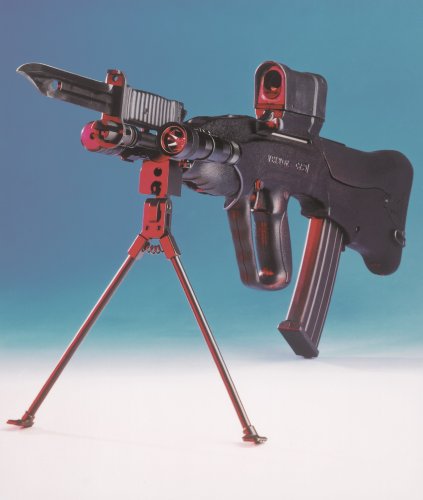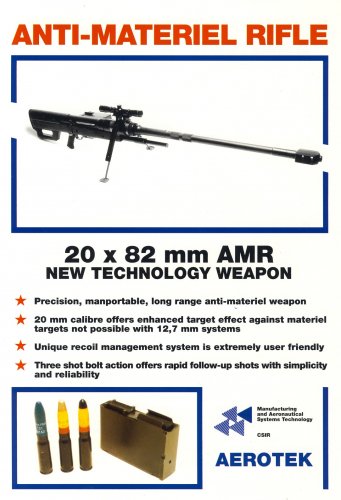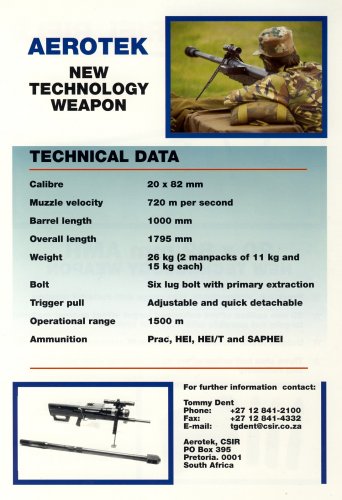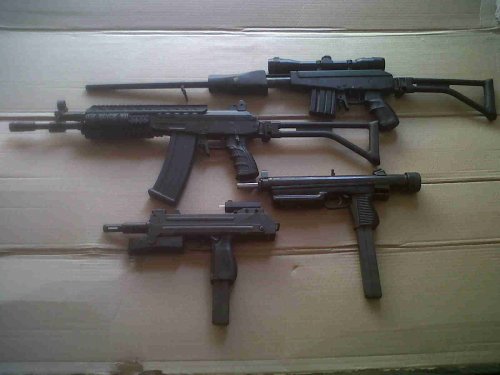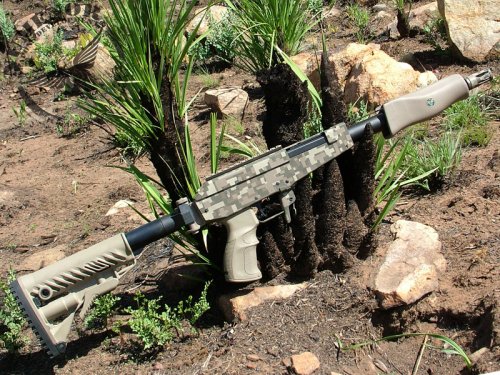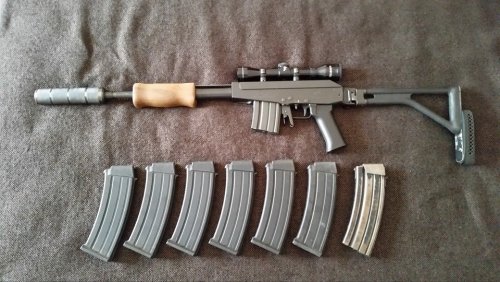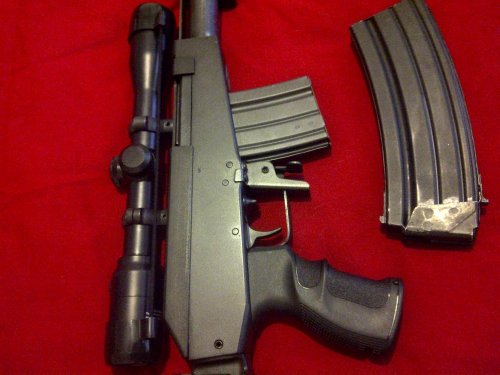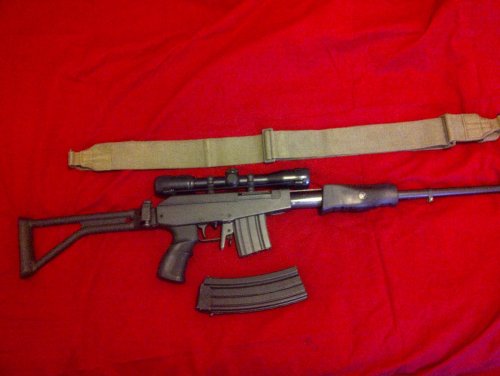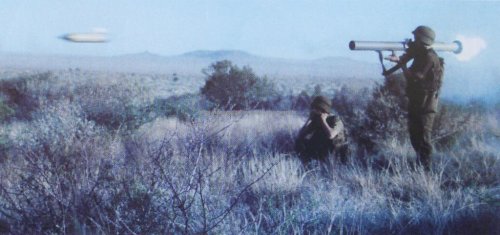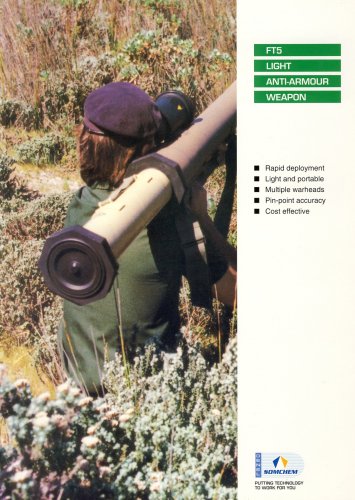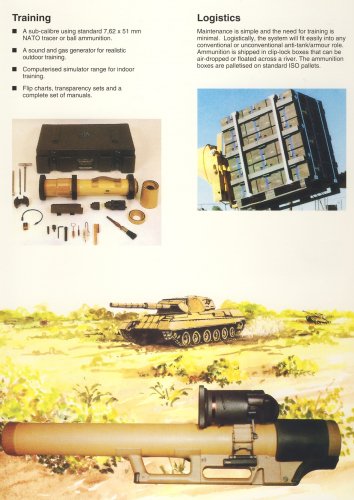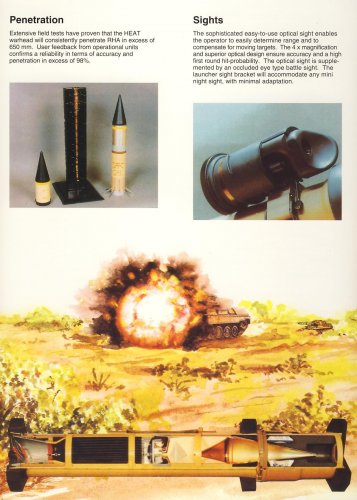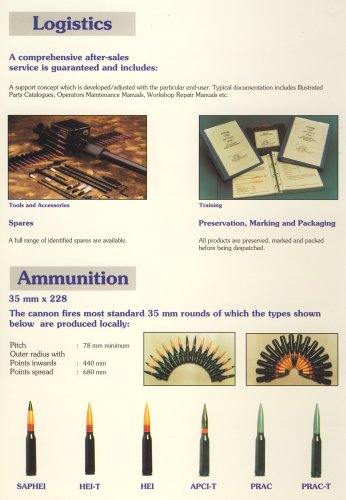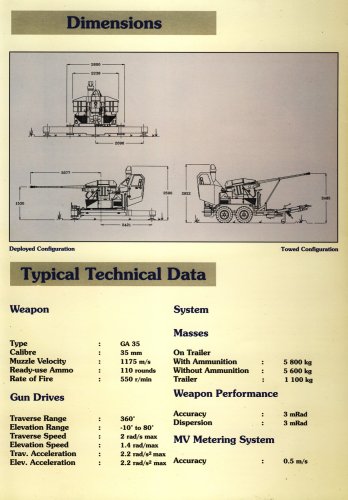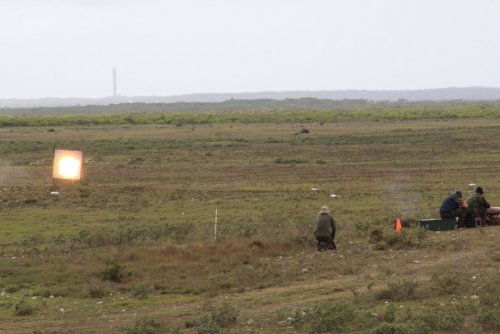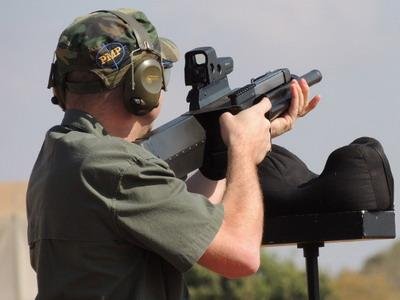CJGibson said:
Perhaps some of his more lurid tales were true after all. Oddly enough he was telling me all these stories while supping ale in downtown Luanda in 1987!
Chris
I don't know what lurid tales he told you, however if it included himself, my experience with anyone telling you his lurid war tales is that it's the clearest and instant indicator that he's perhaps a bit of a bull-s***er, those who have been in combat never want to talk about it - and pretty much avoid it at all costs.
Moving on, I think the above regards the short barrel R1 (FN FAL) and the R4 (modified Galil) is perhaps a bit subjective - I've fired both and yes the short barrel R1 does have a bit of a kick, and the R4 has practically no kick at all (or even sound of the shot - all you really hear is the slide/cocking handle striking back on the receiver). It would depend on how large you are and what you want out of the weapon (in combat), personally I would have no hesitation in choosing the R4.
It was very well known within the SADF that the R1's 7,62mm round would punch right through rather large trees and kill the person hiding behind it, for this reason a few soldiers would use it (funny enough mostly members of 201/202/203 Bn's who were predominantly Bushman/San, and who are naturally very small in stature). The R4's 5.56mm round was susceptible to being deflected by things like grass and leaves, especially once it started heading out some distance.
I've seen some interesting footage of both being fired into separate 25 Liter metal drums filled with water, the R1 punched a clean hole straight through the drum (which hardly moved at all) and a little trickle of water gurgled out each small hole. The R4 shot on the other hand blew the barrel right off the ground, splitting it all down the join on the one side, blowing the water out with much force all over the place.
It all relates to the energy (Jules) being imparted by the round - the NATO 5.56mm has a far larger charge behind it in relation to the NATO 7.62mm round, and so due to it's much higher velocity, delivers likewise to the target. The 5.56mm round therefore also causes a lot more major trauma and tissue damage to the area around the wound, in addition it is inherently unstable, so although the aerodynamics keeps it stable in flight, once it hits a hard object (like a human body), it starts to tumble slightly as the rear end of the round is much heavier than the front which it starts to flip over as physics laws take place - this then causes the higher transfer of energy into the target and therefore additional trauma compared to a stable round like that of the 7.62mm round (that simply punches a clean hole straight through).
That's all in simplistic terms - I'm not going to drag out figures and stats etc...
We have digressed a fair bit off topic though - back onto topic - here is a pic of the BXP 9mm sub-machine gun field stripped. Personally I think that 9mm sub machine guns are a bit of a waste for anything more than police work.


